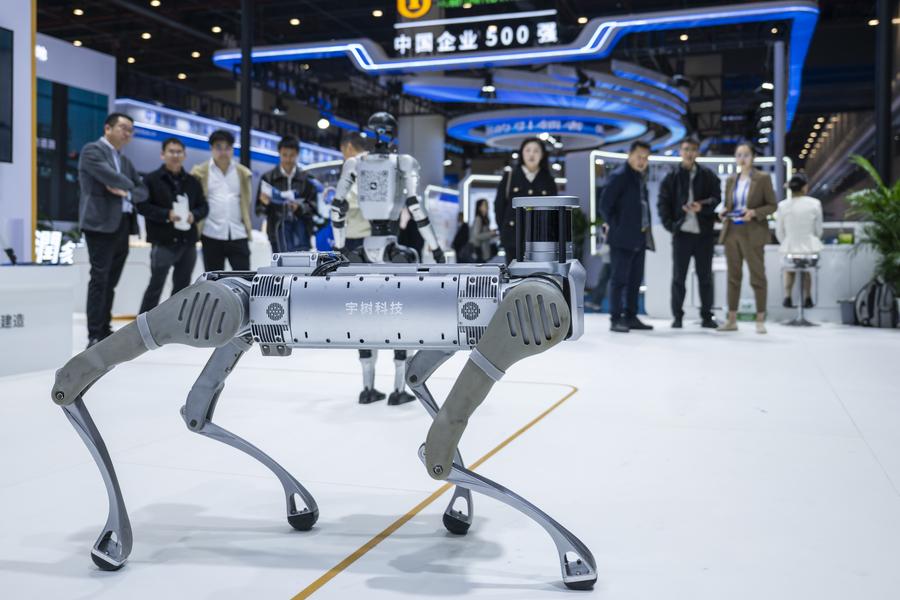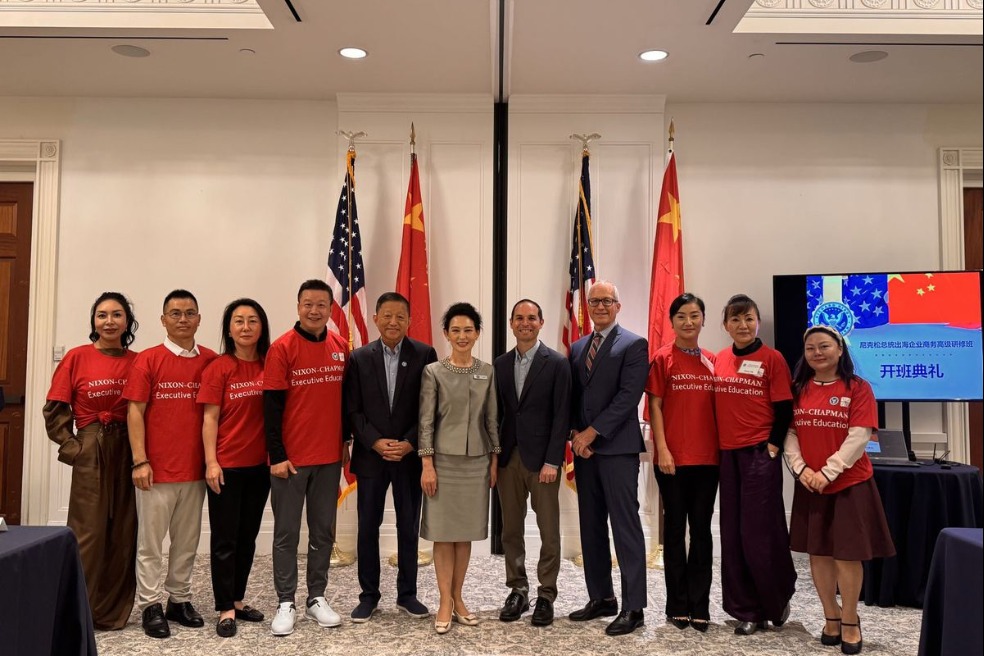China's new plan to drive innovation
Blueprint continues country's strong emphasis on opening-up, experts say


As the Recommendations of the Central Committee of the Communist Party of China for Formulating the 15th Five-Year Plan for National Economic and Social Development were made public on Oct 28, European experts said the new blueprint continues the strong emphasis on innovation and opening-up.
The 15th Five-Year Plan, which sets the direction for China's development from 2026 to 2030, will be reviewed by lawmakers and political advisers during the annual gatherings of the National People's Congress and the National Committee of the Chinese People's Political Consultative Conference, known as the two sessions, in March.
Ivona Ladjevac, a longtime observer of China and deputy director of the Institute of International Politics and Economics in Belgrade, compared the recommendations with the ongoing 14th Five-Year Plan (2021-25), noting the country's transition toward high-quality growth.
She said the current five-year plan focused on building a new development pattern and promoting the "dual circulation" model — strengthening domestic demand while remaining open to global markets — as a response to global challenges such as the pandemic and geopolitical tensions, while the upcoming plan highlights "new quality productive forces".
"This shift reflects China's intention to move the focus to transforming the drivers of growth — relying more on innovation, technology, and green transformation rather than on capital or labor inputs," Ladjevac said.
In response to intensifying global geopolitics, Ladjevac said she sees China's approach as one of balance rather than isolation.
"The push for technological self-reliance is clearly a response to global tensions and supply chain risks, but China also recognizes that innovation can't happen in a vacuum," she said. "We'll probably see a dual strategy — strengthening domestic R&D and industrial capacity in critical sectors like semiconductors, while still engaging globally in less sensitive areas such as green technology, healthcare, and digital standards."
Markus Herrmann, co-founder and managing director of China Macro Group, a consulting and research firm on macroeconomics with offices in Zurich, Munich, and Beijing, sees the concept of "new quality productive forces" as a continuation and deepening of the strategy introduced in recent years.
Coherent framework
He describes it as "the codification of different elements into a coherent framework and ambition", focusing on developing future industries, improving innovation policy through stronger cooperation between industry, universities, and research institutions, and raising the total factor productivity.
Looking ahead, Herrmann expects to see more opening-up, greater alignment of Chinese regulations with high-standard international rules, and deeper engagement with developing countries through investment and connectivity initiatives.
British economist Gerard Lyons, who holds positions in several financial institutions in London, said the overall direction of the recommendations is a "sensible continuation" of the previous five-year plan and remains consistent with China's evolving growth model. However, he pointed out that maintaining a strong pace of growth will be a major challenge in the coming years.
"The biggest challenge for the next five-year period is that China's trend rate of growth is slowing, reflecting its aging population," Lyons said.
Lyons said it is positive that China continues to encourage domestic demand, and he underlined the importance of deepening financial reforms and improving governance to attract capital and investment to growth sectors.
"It is essential to follow through on plans to move up the value curve, utilizing AI and other areas to boost productivity," he said, adding that he expects concrete aims to come out during next year's two sessions.
































